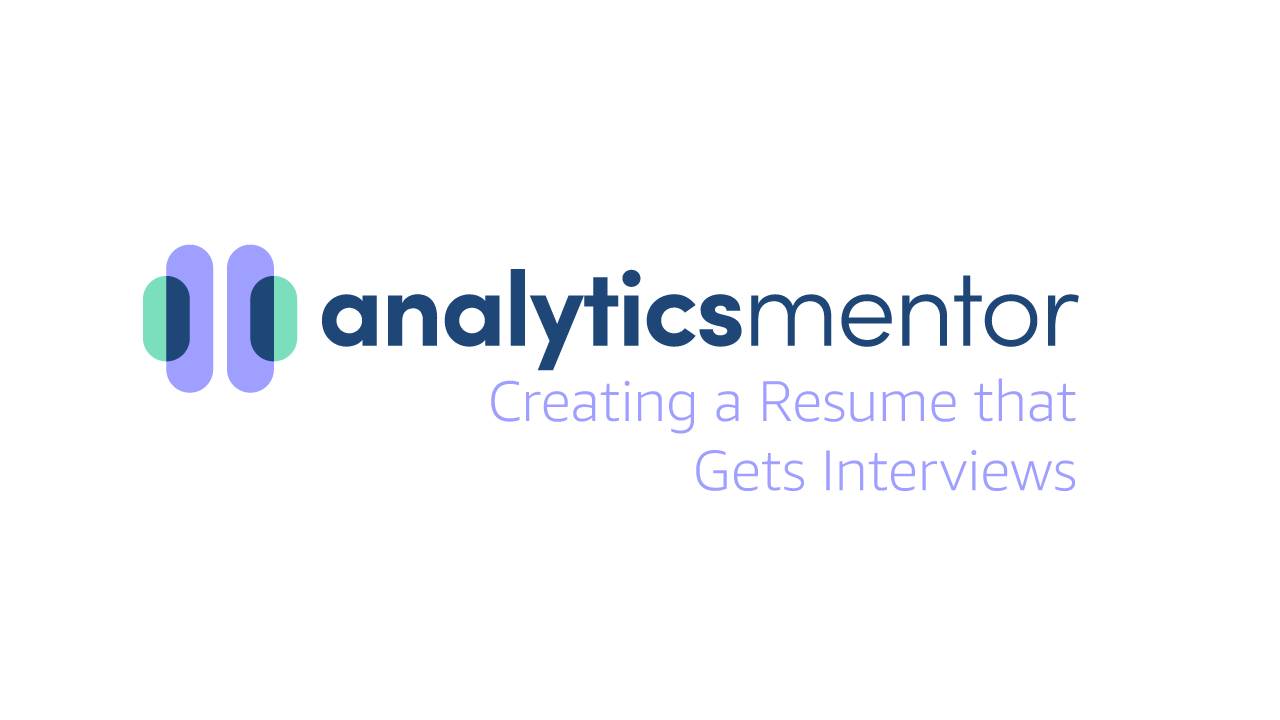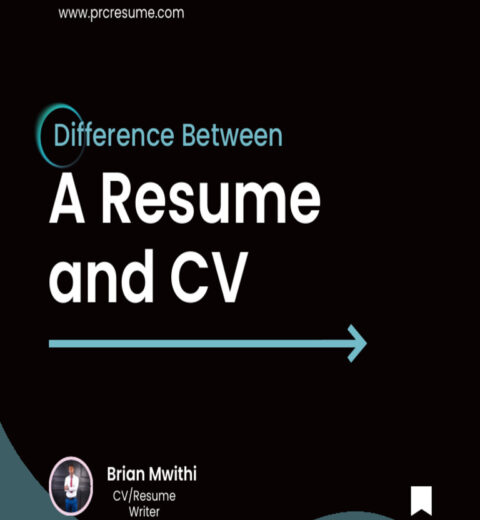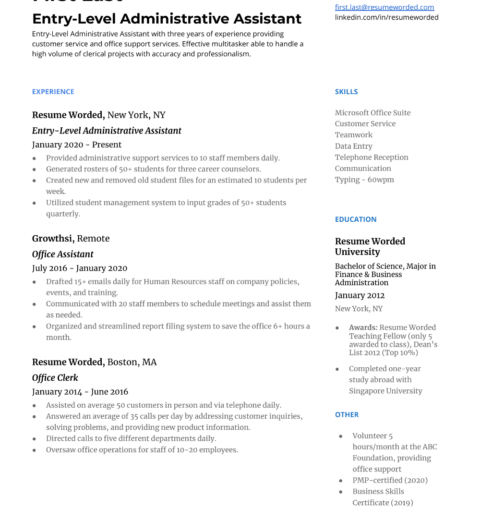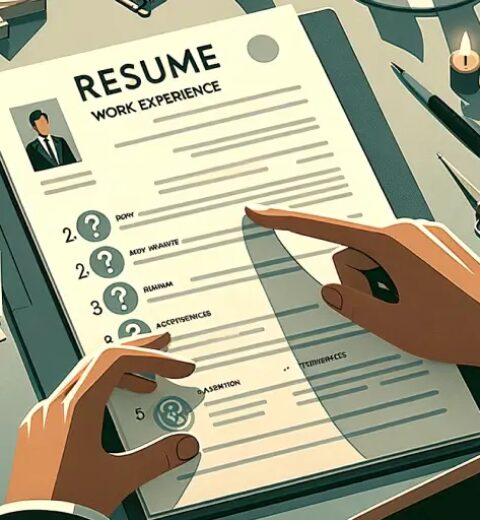In the vast and competitive landscape of job hunting, a resume serves as a critical tool for distinguishing yourself among a multitude of candidates. Crafting a resume that captures the attention of hiring managers necessitates an understanding of both its structure and the content it encapsulates. This article delves into the essential elements of a job resume, elucidating strategies that can significantly enhance your probability of landing interviews.
First and foremost, a resume must begin with a clear header containing your name, contact information, and any pertinent professional links, such as your LinkedIn profile or an online portfolio. This section should be simple yet polished, establishing a professional identity at a glance. Avoid including unnecessary personal details, such as your photograph or marital status, which do not pertain to your qualifications.
Next, the objective or summary statement is often the lynchpin of your resume. This brief paragraph should encapsulate your professional aspirations and what you bring to potential employers. Ideally, it should align closely with the job description of the position you are pursuing. Rather than employing generic phrases, opt for concise, impactful language that conveys your unique value proposition. An example could be: “Dynamic marketing professional with over five years of experience in digital strategy, seeking to leverage expertise in data analytics to bolster brand visibility for XYZ Company.”
Following the summary statement, the core of your resume is comprised of your experience section. This component warrants meticulous attention, as it chronologically details your professional history. For each position, include the job title, the company name, the location, and your dates of employment. More importantly, utilize bullet points to outline your key responsibilities and achievements, employing action verbs to evoke a sense of dynamism. For instance, rather than stating “responsible for managing a team,” you might say, “led a cross-functional team of five on multiple high-stakes projects, resulting in a 20% increase in overall productivity.” This technique not only demonstrates leadership but also quantifies success through measurable results.
Moreover, don’t shy away from integrating industry-specific terminology that resonates with hiring managers. This shows both familiarity with the field and a proactive commitment to staying abreast of relevant trends. However, be judicious; overly complex jargon may alienate readers. The goal is to be engaging while maintaining clarity.
To complement your professional experience, consider adding a skills section. Here, you can provide a succinct list of both hard and soft skills relevant to the position. Tailor this section to mirror the keywords found in the job description. For example, if a job post emphasizes “communication,” “project management,” and “strategic thinking,” ensure these competencies are prominently featured in your resume. This method not only emphasizes your qualifications but also aids in passing Applicant Tracking Systems (ATS), which many companies utilize to filter candidates.
Also imperative is the education section, particularly for individuals early in their careers or those pivoting to new fields. Include your degree(s), the institution’s name, and graduation year. If recently graduated, you may also list coursework, honors, or relevant projects that underscore your preparedness for the desired role. For those with extensive professional experience, this section can be condensed or placed towards the end of the document.
As the job market evolves, many candidates are turning to modern formats such as the infographic resume or video resume. While traditional formats remain widely respected, exploring creative avenues can distinguish you in industries that value innovation. However, ensure that any unconventional formats remain professional and easily digestible; clarity should always take precedence over flair.
It is also vital to remain cognizant of the length of your resume. For most professionals, a one-page document suffices, while seasoned individuals with extensive experience may comfortably extend to two pages. Regardless of length, ensure that every word serves a purpose, contributing to the narrative of your professional journey.
Furthermore, when finalizing your resume, scrutinize it for grammatical errors or typos. Such oversights can severely undermine your credibility. A detailed proofreading process, possibly involving a second pair of eyes, can greatly enhance the quality of your final product. Tools such as Grammarly or Hemingway can assist in identifying areas for improvement.
Lastly, consider the importance of tailoring your resume for each application. While this may seem labor-intensive, the increased chances of landing interviews make the effort worthwhile. By adjusting your experience, skills, or even your summary statement to align with each job’s unique demands, you demonstrate a genuine interest in the role and illustrate your fit for the position.
In conclusion, creating a job resume that effectively garners interviews involves a strategic blend of format, content, and personal branding. By adhering to these principles—rigorous organization, tailored content, and diligent proofreading—you enhance your capacity to capture the interest of hiring managers and set the stage for successful professional engagements. Navigating the nuances of resume writing may require diligence, but the rewards of a fruitful job search will more than justify the effort invested. Remember, a well-crafted resume is often the key to opening doors to your next career opportunity.




